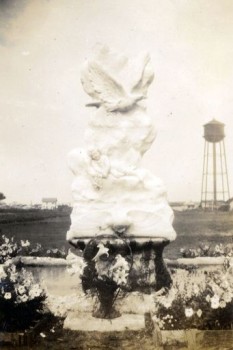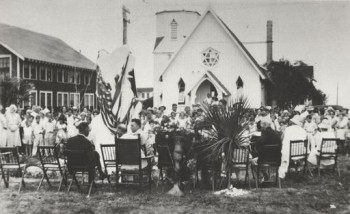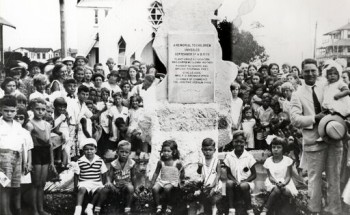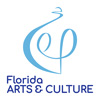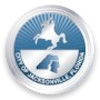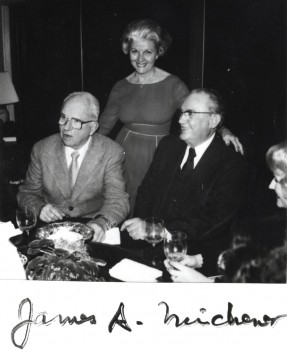 Michener and the McCormicks
Michener and the McCormicks
By Johnny Woodhouse
Best-selling author James Michener paid an impromptu visit to the Ponte Vedra Beach home of Jean and J.T. McCormick on February 13, 1981.
At the time, Michener, then 74 and considered “America’s best loved author” was working on a fictional novel about the history of the U.S. space program. “Space,” published in 1982, would become one of Michener’s most popular books, prompting “a first printing so large that no warehouse in the country could stock all the copies,” according to a biography of the author.
How the McCormicks, a wealthy couple known for their civic involvement at the Beaches, got to know the famous writer from Doylestown, PA, is an interesting nugget of local history.
According to a daughter of the couple, Suzanne McCormick Taylor of Ponte Vedra Beach, the McCormicks first made Michener’s acquaintance in the summer of 1980 at a famous Wyoming resort. “They met him at a party at the Old Baldy Club [in Saratoga, WY],” Taylor recalled. “Mr. Michener was quite taken with my mother and her interest in history.”
The founder of the Beaches Area Historical Society (BAHS) in 1978, Jean McCormick first became interested in local history during America’s Bicentennial celebration in 1976. Her late husband, J.T., was a direct lineal descendant of the Solanas, the oldest documented family of St. Augustine.
It’s no surprise that Jean McCormick, then president of the BAHS, and Michener, known for writing sweeping, historical-based novels such as “Hawaii” and “Centennial,” became quick friends.
A meticulous researcher, Michener had a great fondness for historians and archivists. In the introduction to “Centennial,” a 1974 novel about the settlement of the American West, Michener thanked the history department at the Wyoming State Archives for allowing him to do a portion of his research there.
The book’s fictional town is situated on the Platte River, which runs across Colorado and into Wyoming. J.T. McCormick’s family had been involved in cattle ranching in Wyoming’s North Platte River Valley since the 1950s, according to Suzanne McCormick Taylor.
“Mother told [Michener] to come to Jacksonville [whenever he was in the area] and he did. He called from the airport and said, ‘We’re here,’ and mother invited him to a dinner party that night.”
Michener had already begun the first draft of “Space” in early 1981, according to “Michener: A Writer’s Journey.” He had been appointed to NASA’s Advisory Board in 1979. A likely topic of conversation at the McCormicks home on Feb. 13, 1981, would have been J.T.’s long business association with NASA.
For 12 consecutive years dating to the early 1960s, McCormick Construction was involved in several projects at the Cape, including construction of the launch pads. The construction firm also built the so-called “Road to the Moon,” which was used to transport the first Apollo rockets and later the Space Shuttles to the launch site.
At the time of his visit to Ponte Vedra Beach, Michener was married to his third wife, Mari Sabusawa, whom he wed in 1955. In a black-and-white photo taken during his visit, Michener is pictured dining with the McCormicks and another guest, Nancy Corwin. Michener, seated to the right of J.T. McCormick, is wearing a coat and tie and a thick pair of bifocals. Jean McCormick, always the gracious hostess, is standing behind both men and smiling at the camera. The author, who died in 1997 at age 90, signed the photo, “James A. Michener.”
In his 1992 memoir, “The World is My Home,” Michener wrote that “Wherever I went in these exciting years of extended travel, I studied people, listened to their stories, and weighed the honesty of their statements.”
When the McCormicks befriended Michener in Wyoming, they became friends of his for life. Said the couple’s daughter: “My parents maintained a friendship [with Michener] over a period of many years.”
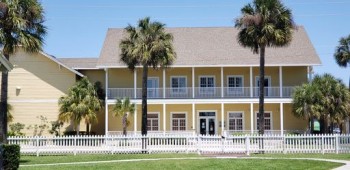
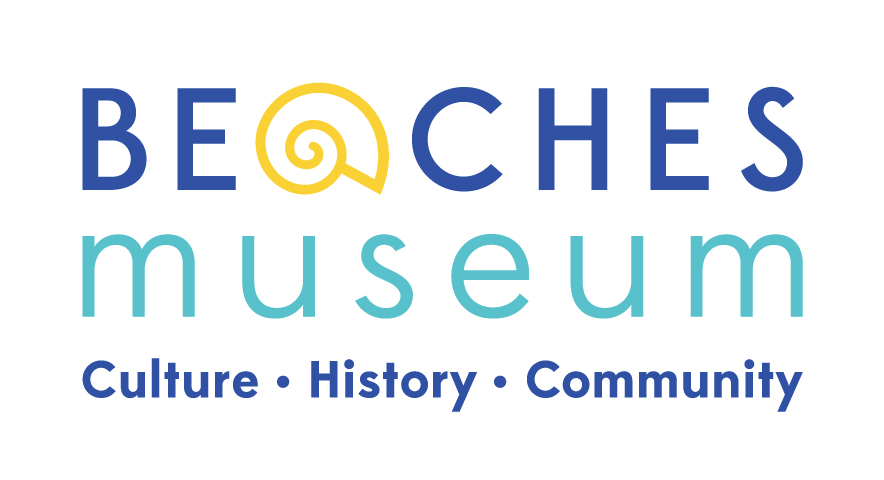
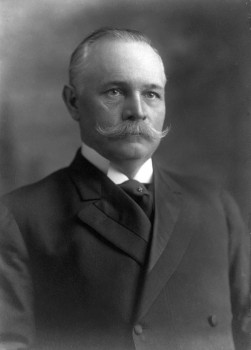
 Duncan U. Fletcher Middle and High Schools are landmarks of the Beaches. With so much needed attention focused on the naming of our public schools, I wanted to address the history of Senator Duncan U. Fletcher.
Duncan U. Fletcher Middle and High Schools are landmarks of the Beaches. With so much needed attention focused on the naming of our public schools, I wanted to address the history of Senator Duncan U. Fletcher.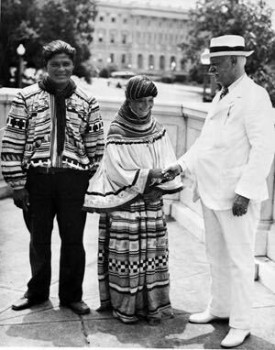
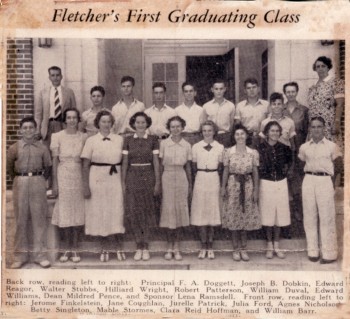
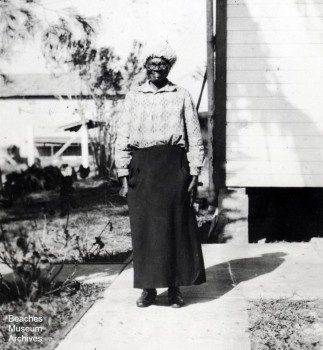
 Rhoda L. Martin was born a slave in Abbeville, South Carolina in 1832. In late 1891, she moved to the beaches area as a free woman.
Rhoda L. Martin was born a slave in Abbeville, South Carolina in 1832. In late 1891, she moved to the beaches area as a free woman.
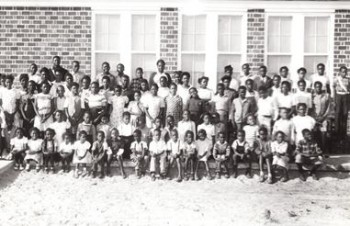
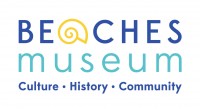
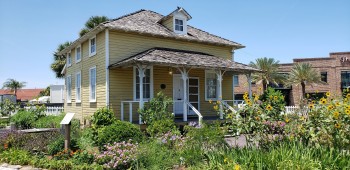
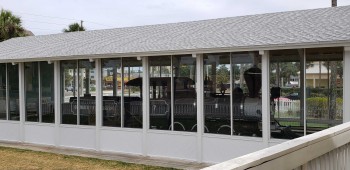

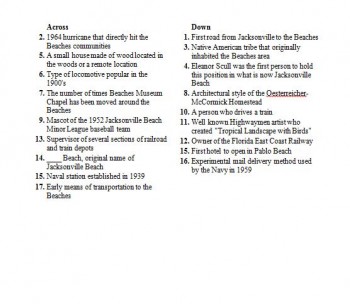

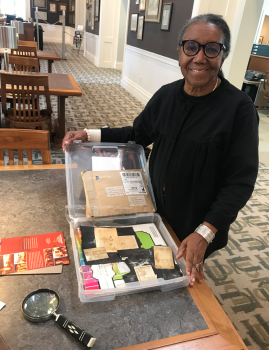
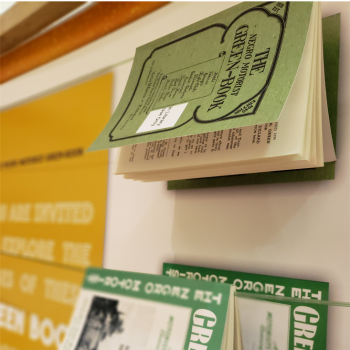
 Michener and the McCormicks
Michener and the McCormicks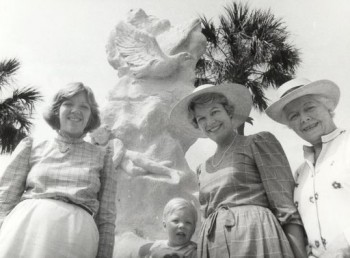 The Lindbergh Baby Memorial
The Lindbergh Baby Memorial